Mosquitoes: No Bother At Walt Disney World
Back in the day, a new Reader’s Digest magazine and a quiet afternoon at Grandma’s house was quite a gift for a bookish little boy. And, every now and then, when a web-based Reader’s Digest story catches my eye, I’m taken back to those halcyon care-free summer days. This time around, the story was about Mosquitoes — or the lack thereof — at Walt Disney World.


Lack of Mosquitoes at Disney World
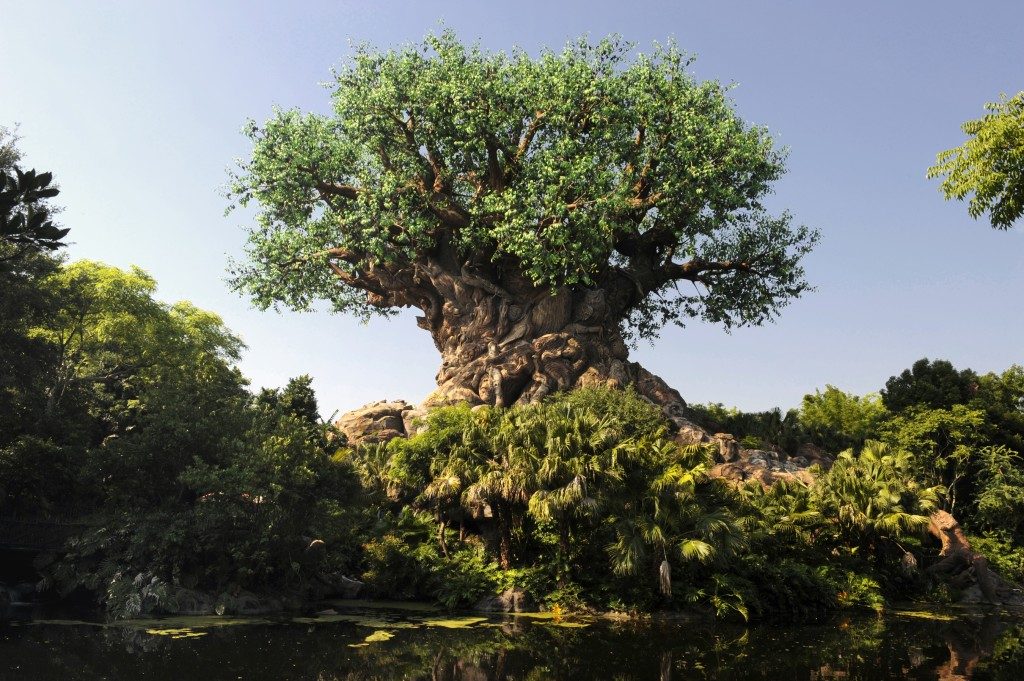

You might not notice it while you’re there, and when the occasional bite does occur, it’s that much more surprising. But mosquitoes are not a problem at WDW and that is a purposeful outcome of careful planning, which goes back to Walt, himelf.
Reader’s Digest’s Meghan Jones wrote:


Joe Potter
More Than Just Repellent
- Flowing water – “The guests usually don’t notice it…but the water is constantly flowing,” Lucas says. “Whenever you walk by a body of water, there’s usually a fountain in the middle of it, or they’re doing something to keep it flowing.”
- Architecture – “All of the buildings are built so that water flows right off of [them],” Lucas explains. “With all the rainstorms, if water got caught on the buildings…it would form a pool, and then mosquitoes would hatch their eggs and you’d have thousands of mosquitoes.”
- Sprays – The park uses an unusual insect repellent: liquid garlic. Mosquitoes notoriously can’t stand the smell of garlic, so Disney sprays an extract around the park. “The amount that they use is so small that humans can’t smell it, but mosquitoes are very susceptible to it,” Lucas says.
Did You Know?
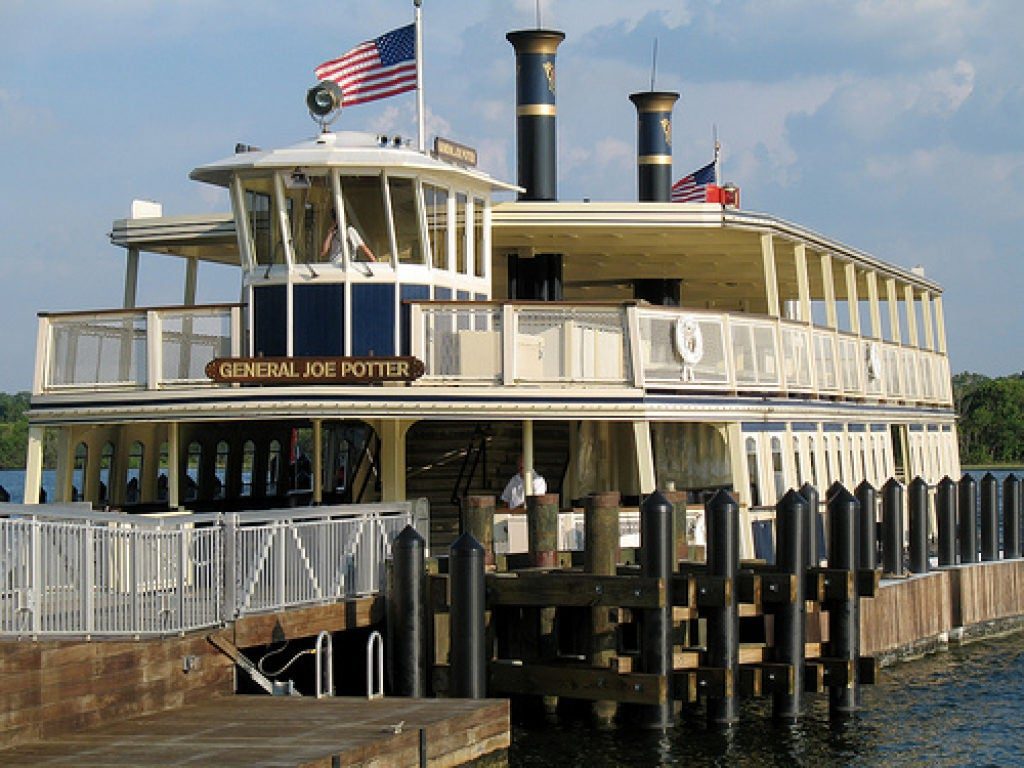

“General Joe Potter”
Total acreage of Walt Disney World Resort: 25,000
That’s equal to 40 square miles, or twice the size of Manhattan island.
Total acreage devoted to maintained landscapes and gardens: 4,200
The gardens of Walt Disney World Resort represent everything from a dry desert to a tropical rain forest.


Number of roses planted in the landscape: Nearly 13,000
Removing spent blooms in the rose gardens requires a good day’s work each week — More than 400 hours per year.
Number of shrubs maintained in the landscape: More than 4 million
In Le Notre garden at the France showcase, 985 shrubs were used to create a parterre de broderie, or embroidered pattern.
Number of interior plants used each year: 8,500
The largest and most diverse garden of interior plants can be found in the atrium lobby of Disney’s Polynesian Village Resort.


Total number of plant species represented: More than 3,000
The species represent flora gathered from every continent except Antarctica.
Number of hanging baskets displayed at one time: More than 800
It takes 50 to 75 four-inch plants to create just one colorful poinsettia ball for the holiday season.
Number of hanging baskets produced each year: About 4,000
On average, each basket is in production for three months and “on stage” for three months.
Number of topiary: More than 200
As many as 20 different plants, flowers, mosses and lichens are used to create topiaries.
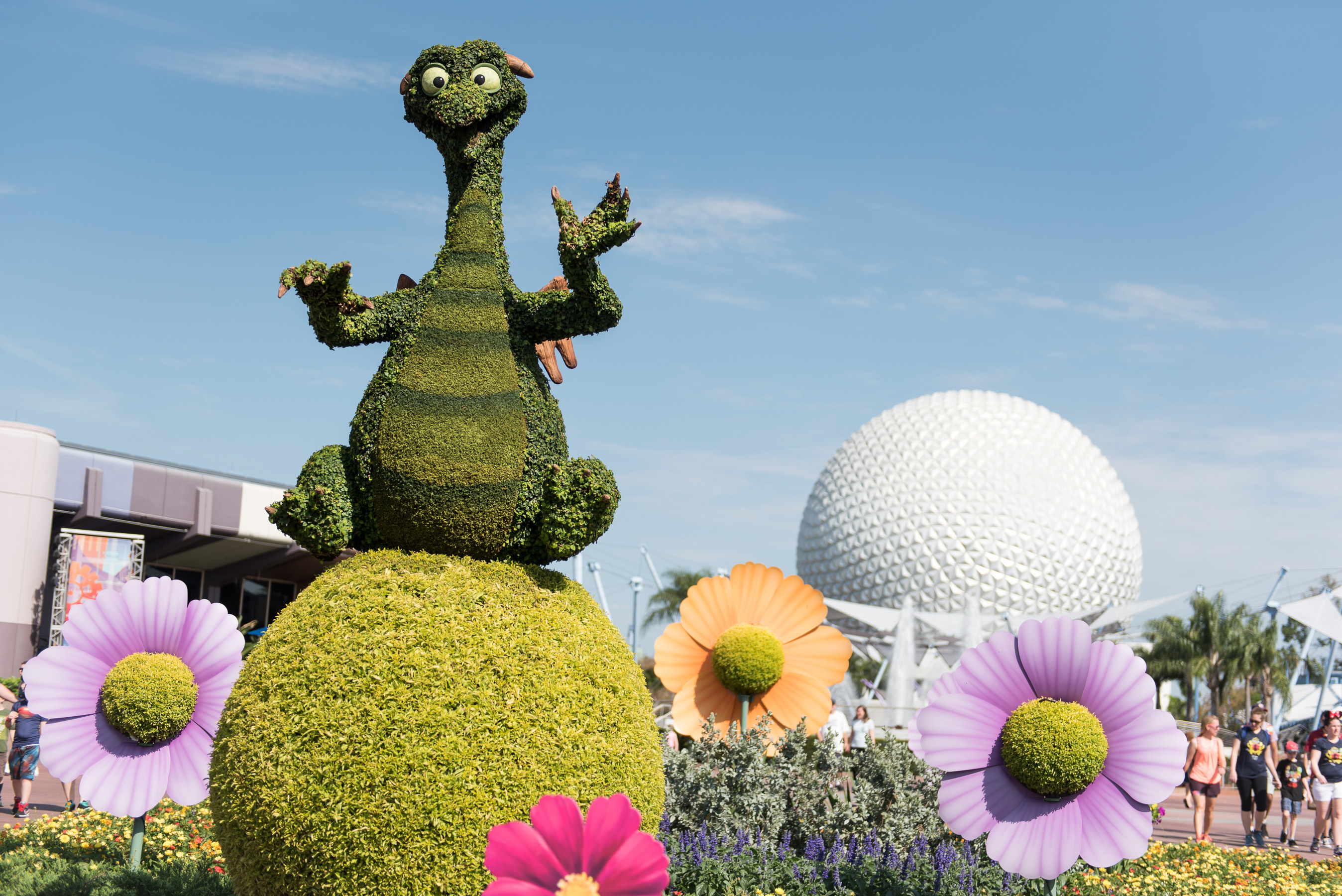

Total acres of maintained turf: 2,000
At three mowings a week, that adds up to 450,000 mowing miles per year or 18 trips around Earth at the equator.
Number of beneficial insects released to control plant pests per year: 10.5 million
A single adult predatory beetle (Delphastus puslius) can eat up to 500 white fly eggs a day.
Total horticultural staff: More than 600
This diverse group of professionals includes gardeners, arborists, irrigation specialists and pest management specialists.


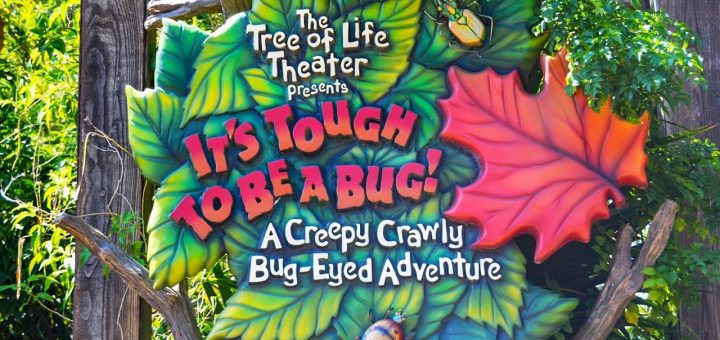




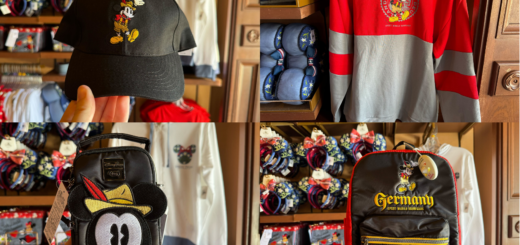
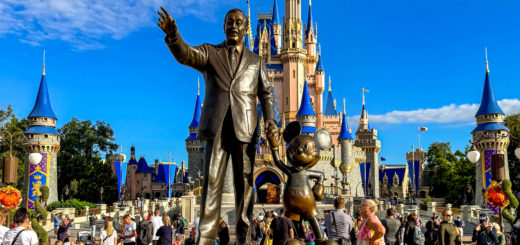
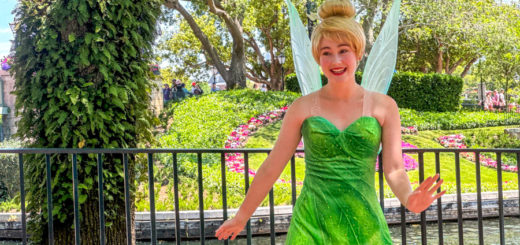
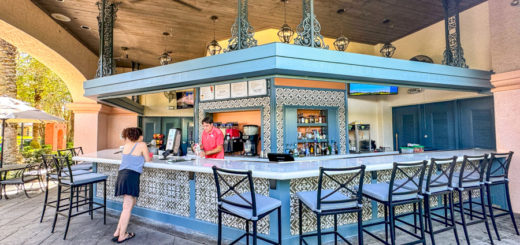
I have never noticed the lack of mosquitos at Disney World or the resorts until 2 weeks ago. We stayed at Port Orleans Riverside and while walking around the resort, which seems to be the perfect place to be attacked by Florida mosquitoes, we weren’t seeing any or getting any bites. I wondered how in the world are they keeping mosquitoes out of here!! I need this garlic spray for my house since I live in a wooded area near an old Florida swamp!